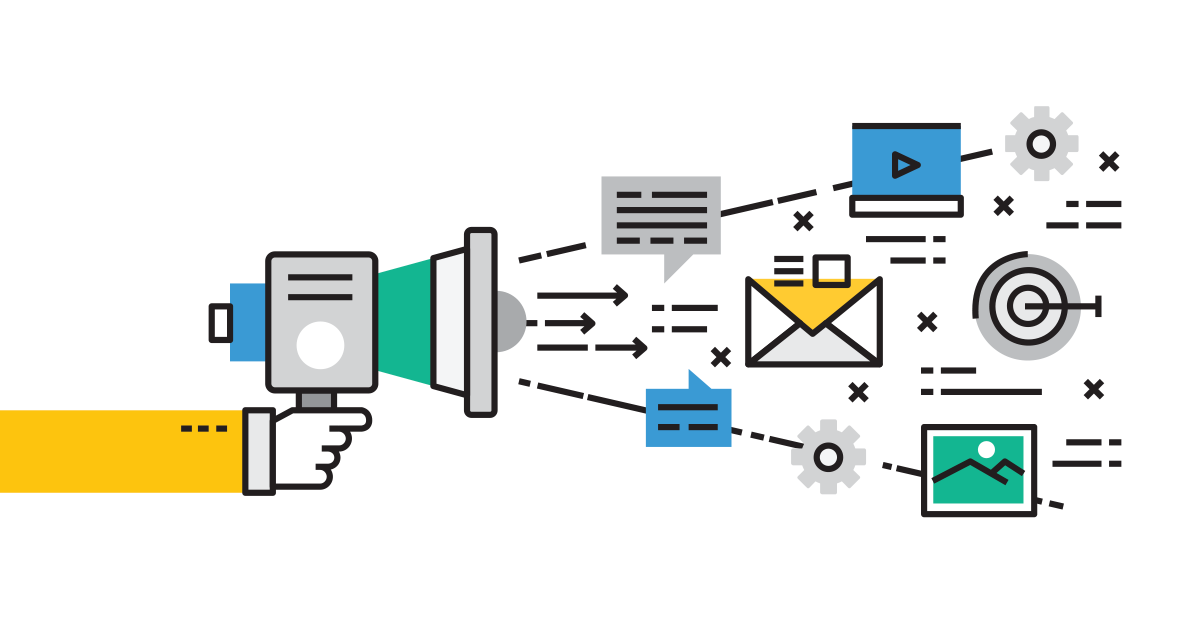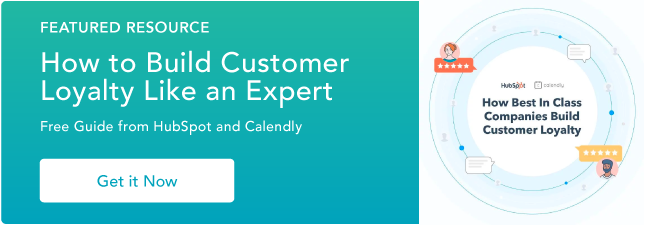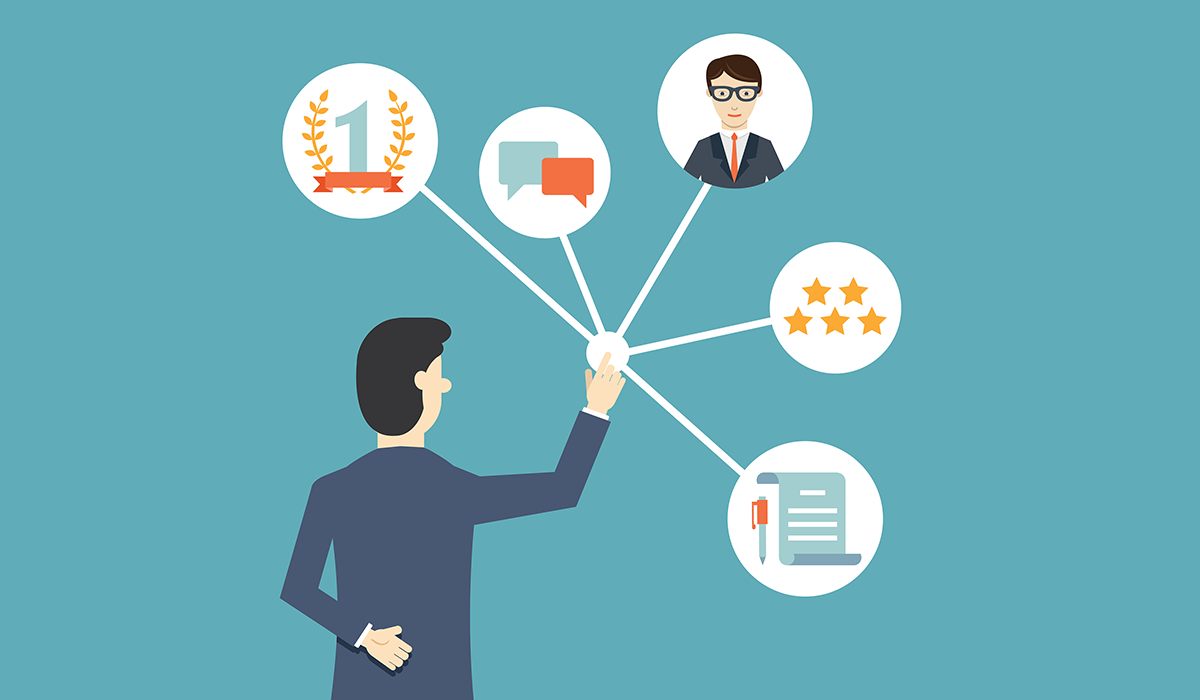All Categories
Featured
Table of Contents
In Greenfield, IN, Michelle Cox and Athena Browning Learned About Customer Loyalty Program

What if you could grow your service without increasing your spending? In truth, what if you could in fact lower your spending but increase your sales, every year? Would you do it? If you're a company owner, then you'll likely give a definite 'yes', a simple answer to an even easier question.
A benefits program tracks and rewards particular spending behavior by the customer, supplying unique advantages to loyal customers who continue to patronize a specific brand name. The more that the customer invests in the store, the more benefits they receive. Over time, this reward develops devoted consumers out of an existing client base.

Even if you currently have a benefit program in place, it's a good idea to dig in and completely understand what makes customer loyalty programs work, in addition to how to implement one that costs you little money and time. Don't stress, I'll help you with that. I'll break down the primary advantages of a loyalty program and the very best methods to produce loyal customers.
Let's dig in. Consumer loyalty is when a client go back to work with your brand name over your rivals and is mostly influenced by the favorable experiences that the client has with your brand. The more positive the experience, the most likely they will return to patronize you. Client commitment is incredibly crucial to companies because it will help you grow your organization and sales faster than a basic marketing strategy that focuses on recruiting brand-new consumers alone.
A few ways to measure customer commitment consist of:. NPS tools either send out a brand name efficiency study by means of e-mail or ask consumers for feedback while they are going to a business's website. This information can then be used to much better understand the likelihood of consumer commitment. A repurchase ratio measures the ratio of repeat purchasers versus one-time purchasers.
Consumer commitment index (CLI). The CLI tracks consumer commitment gradually and resembles an NPS survey. Nevertheless, it considers a couple of extra aspects on top of NPS like upselling and buying. These metrics are then used to assess brand commitment. A consumer commitment program is a marketing method that rewards clients who make purchases and engage with the brand on an ongoing basis.
Client rewards programs are designed to incentivize future purchases. This encourages them to continue doing organization with your brand. Customer commitment programs can be set up in various ways. A popular client loyalty program benefits customers through a points system, which can then be invested in future purchases. Another kind of customer loyalty program might reward them with member-exclusive advantages or free gifts, or it may even reward them by donating money to a charity that you and your clients are equally passionate about.
In Portland, ME, Judah Meyers and Milton Faulkner Learned About Gift Guides
By using rewards to your clients for being faithful and encouraging, you'll construct a relationship with them, deepening their relationship with your brand name and ideally making it less likely for them to switch to a competitor. You've most likely seen client loyalty programs in your own shopping experience, whether at your favorite cafes or your most frequented supermarket.
However even if everyone is doing it does not mean that's an excellent sufficient factor for you to do it too. The much better you comprehend the advantages of a customer rewards program, the more clearness you will have as you develop one for your own shop. You will not be distracted by amazing benefits and complicated commitment points systems.
Keep in mind: work smarter, not harder. Consumer retention is the primary benefit of a rewards program that serves as a foundation to all of the other benefits. As you offer incentives for your existing client base to continue to buy from your store, you will supply your store with a steady circulation of money month after month.
By growing your retention rate, you can stop investing as much time or money on increasing your total variety of consumers. Why is this crucial? Faithful consumers have a higher conversion rate than brand-new consumers, meaning they are more most likely to make a transaction when they visit your shop than a brand-new customer.
By increasing your retention rate by only 5 percent, you can increase your profits by 25 percent and as much as by 95 percent. Needless to state, your retention rate matters. Secret Takeaway: If you wish to substantially increase your revenues, offer rewards for your existing customers to continue to patronize your shop.
And you won't need to invest money on marketing to get them there. Client acquisition (aka bringing in new clients) takes a great deal of effort and cash to encourage complete strangers to trust your brand name, concerned your store, and attempt your products. In the end, any cash made by this brand-new consumer is eclipsed by all of the cash spent on getting them there.
Secret Takeaway: If you wish to reduce costs, concentrate on consumer retention instead of consumer acquisition. When you concentrate on providing a positive customized experience for your existing customers, they will naturally tell their family and friends about your brand. And with each subsequent transaction, loyal consumers will tell even more individuals per deal.
In 14120, Everett Freeman and Lainey Wiley Learned About Social Media
The very best part? Due to the fact that these new customers originated from relied on sources, they are most likely to become devoted consumers themselves, investing more typically than brand-new customers generated by other marketing efforts. The Chase Ultimate Rewards program, for example, offers significant advantages for people who travel a lot.
The 'supreme rewards' that Chase cardholders receive include 2x points per dollar invested on all travel purchases in addition to primary rental vehicle insurance, no foreign transaction fees, journey cancellation insurance coverage, and purchase defense. For people who travel a lotand have disposable income to do sothere is a massive incentive to spend cash through the supreme benefits program.
This whole process makes redeeming benefits something worth extoling, which is precisely what many cardholders wind up doing. And to assist them do it, Chase uses a bonus offer for that too. Key Takeaway: Make it easy for your customers to extol you and they will get the word out about your look for free.
Once you get the fundamentals down, then using a loyalty rewards app can help take care of the technical details. Here are the steps to get started with creating your consumer commitment program. No consumer wants to purchase items they don't want or need. The exact same chooses your loyalty program.
And the only method to tailor an irresistible client commitment program is by totally knowing your consumer base. The best method to do this? By implementing these strategies: Build customer contact info wherever possible. Ensure your service is constantly developing a detailed contact list that permits you to gain access to existing clients as typically and as easily as possible.

Track customer habits. Know what your clients desire and when they desire it. In doing so, you can expect their wants and needs and provide them with a commitment program that will satisfy them. Classify client personal qualities and preferences. Take a multi-faceted method, don't limit your loyalty program to just one opportunity of success.
Encourage social media engagement. Frame methods to engage with your customers and target audience on social networks. They will quickly offer you with really informative feedback on your product or services, enabling you to much better comprehend what they get out of your brand name. When you have actually worked out who your consumers are and why they are working with your brand, it's time to decide which kind of loyalty rewards program will motivate them to stay devoted to you.
In 50401, Leyla Werner and Taniyah Marsh Learned About Agile Workflows
However, the most typical customer loyalty programs centralize around these main principles: The points program. This kind of program concentrates on gratifying customers for every single purchase they make with points in a point system. These points can then either be used on future purchases or put towards some type of reward.
The paid program. This kind of program requires consumers to pay a one-time or yearly fee to join your VIP list. Commitment members who belong to this list are able to access special rewards or member-exclusive benefits. The charity program. This type of program is a little bit various than the others.
This is attained by encouraging them to do company with the brand and, in return, their commitment will be rewarded with a contribution to a charity. The tier program. This type of program concentrates on increasing levels of brand loyalty. The more loyal a customer is to a brand, the greater tier they will climb up to and the better the benefits they will receive.
This type of program is simply as it sounds, where one brand name partners with another brand to provide their cumulative audiences with unique member discounts or deals that they can redeem while working with either brand name. The neighborhood program. This type of program incentivizes brand name loyalty by providing its members with access to a similar neighborhood of individuals.
This kind of program is relatively comparable to paid programs, nevertheless, the membership fee occurs regularly rather than a one-time payment. Next, pick which customer interactions you 'd like to reward. Base these rewards around which interactions benefit your business one of the most. For instance, to assist your business out, you can provide action-based rewards like these: Reward consumers more when doing organization with your brand name throughout a sluggish period of the year or on an infamously sluggish day of business.
Reward clients for engaging with your brand name on social media. Incentivize specific products you are trying to move rapidly. Incentivize purchases that are over a certain dollar quantity. The idea is to make your customer loyalty program as simple as possible for your consumers to utilize. If your customer commitment program isn't staff friendly, isn't simple to track, is too pricey to run, or isn't easy for your clients to use or comprehend, then personnel and consumers alike most likely will not make the most of it.
To remove these barriers to entry, consider integrating a client commitment software that will help you keep on top of all of these elements of your program. Some quality customer program software application consist of:. CandyBar is a digital punch card program. It works by tracking your consumer's purchases through an app on a computer system, phone, or tablet.
In Santa Clara, CA, Tori Bonilla and Jaylene Watson Learned About Type Of Content
Loyalty members can then inspect their rewards via text message and entrepreneur can use the program to call their customers. Yotpo. Yotpo is a cloud-based customer loyalty platform solely for eCommerce organizations. This software application is especially proficient at gathering every kind of user-generated material, helpful for tailoring a better consumer experience.
Loopy Loyalty is a handy consumer commitment software application for businesses that mainly use Google Wallet or Apple Pay as their payment platforms. The software develops a digital commitment card that sends push notifications to their customers' phones when they are in close distance to their traditional shop. When you've made the effort to choose which client loyalty strategies you are going to implement, it's time to begin promoting and registering your very first loyalty members.
Use in-store ads, integrate call-to-actions on your site, send out promotions by means of e-mail newsletters, or upload promotional posts on social networks to get your consumers to join. It is essential to understand the main advantages of a client rewards program so that you can develop a personalized experience for both you and your consumer.
Think of it. You understand what sort of items your customers like to purchase however do you understand what brings them back, day after day, week after week? What makes them select your store over the shop throughout the street? What makes them your customer and not the consumer of your most significant competitor? Remarkably, the responses to these questions don't boil down to discount prices or quality items.
Latest Posts
Web Design Online Course:
Web Design Certificate - Web Development Certificate Program Tips and Tricks:
$899 - Custom Mobile Friendly Website Design By Go Web ... Tips and Tricks: